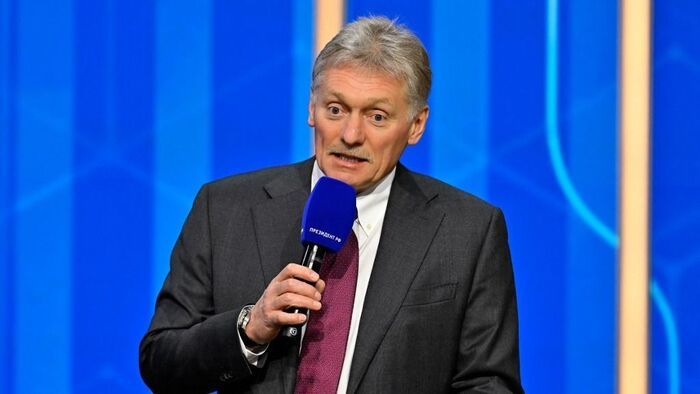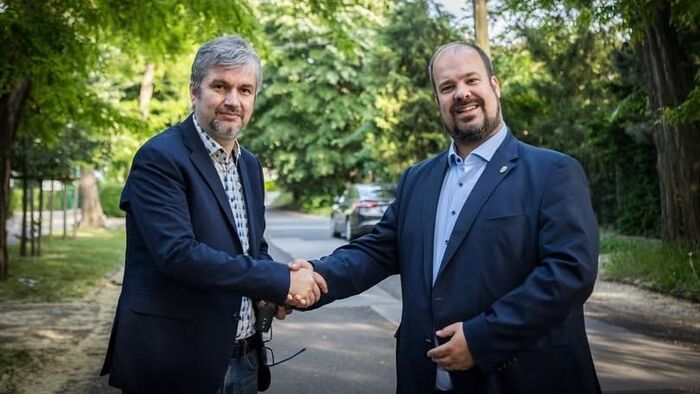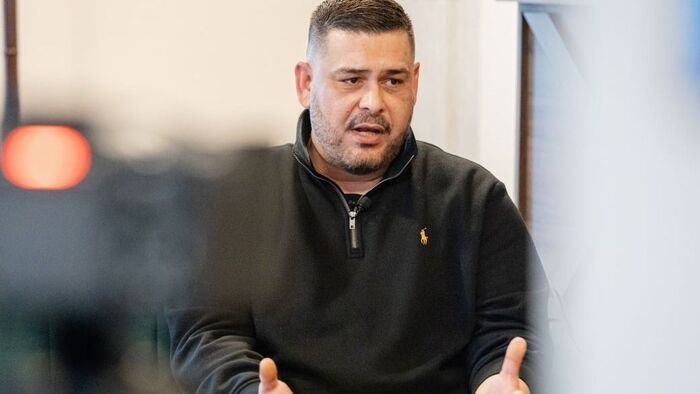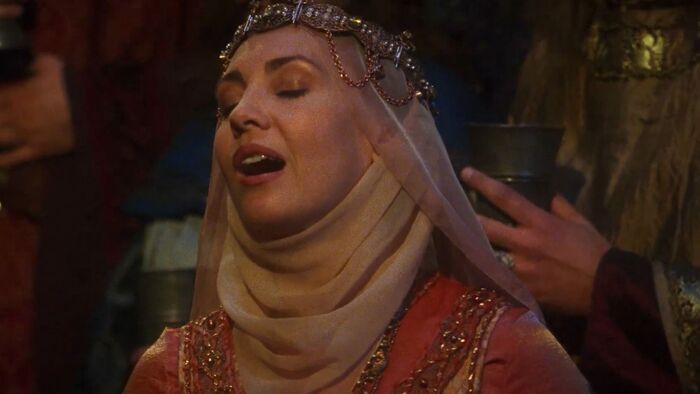The 2010s took a turn in the right direction with positive changes. The successful “small reform era” from 2010 to 2013 led us to believe that we did not need to follow it up with a “big reform era”. While we viewed the state as the engine of modernization, state operations were not reformed.
The third decade of the century barged into our lives with a complex crisis in 2020. We handled the crisis well, but inflation returned as the Russian-Ukrainian war broke out. We can already assume that this next decade will be tough – certainly until 2026 – but we still have no plan for success. It would be a historically repeated error to think that it would be enough to forge ahead with the same winning strategy of the former decade and of the 2020-2021 crisis. But this is no longer enough to succeed, to reach the average EU development rate by 2030.
For a new Hungarian plan, we should first answer the question: where will the 2020s take us?
Living in the third decade of the new Thirty Years’ War
We are sailing in the third decade of another historical period, but in a slightly different manner. The beginning of the 21st century coincides almost exactly with the repetition of a historical era nearly 400 years earlier: the first Thirty Years’ War (1618-1648). While it will not repeat itself word-for-word, the patterns and approaches draw similarities.
Based on this, the 2020s are characterized similarly to the previous two decades: a long period of war. It started in 2001 and could last until the beginning of the 2030s, evoking the “New Thirty Years’ War” with a similar nature, set of actors, and series of events.
Between 1618-1648 a European war was waged, now it is expanded worldwide. The main battlegrounds: back then a larger Germany, the past two decades, the EU. The combat zones were on the Spanish-French fronts in 1635 and now, since 2019, the USA-China confrontation in Asian regions. What was at stake: ruling over Europe, and today it is preserving the US as a world power. The Spanish and Austrian Habsburgs were allies back then; today, the USA and the EU are aligned. Leading the fights for the Protestant faith – but in fact for independence and autonomy were first the Czechs, then the Danes, and after their fall came the Swedes and then the French. Now, anyone who wants to be independent and sovereign in any way must openly or covertly battle the world government or the European alternative, the United States of Europe.























Szóljon hozzá!
Jelenleg csak a hozzászólások egy kis részét látja. Hozzászóláshoz és a további kommentek megtekintéséhez lépjen be, vagy regisztráljon!